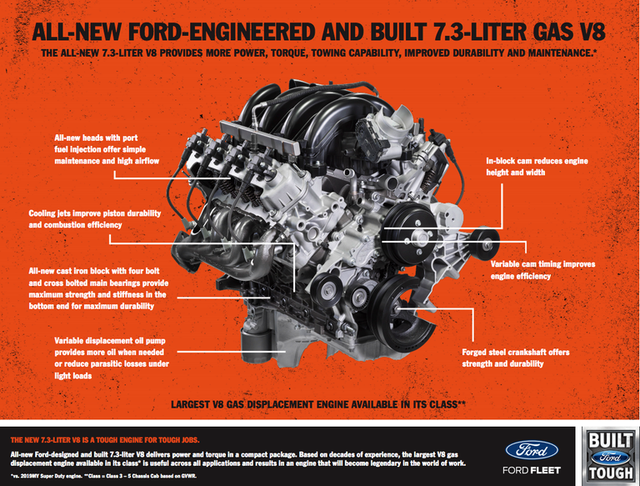IGBT said:
But then why anything over a V6?
Good question.
If you have ever put your hand on a running Cummins 4B, it might make the point better than anything.
At idle, you can actually feel the BANG BANG BANG of each piston.
You ever ride a Harley then an inline 4 cylinder metric bike?
On a Harley, if you pay close attention, you realize those pop pop pop pop's are each a piston firing.
Roll throttle on up a hill at very low RPM and you can actually feel it bang-bang-banging you up the hill.
Spread those same pulses out over 4 instead of 2 and the engine becomes "smoother."
(As in, you would NEVER feel each piston firing in a 4 cylinder metric bike...let alone a flat 6 in a Goldwing.)
Also, the more you increase the HP each piston is making, the more force a crank has to deal with. (To a point.)
In low RPM truck stuff, you make the crank rhino-strong and let it eat.
In days of old, huge stationary and boat engines were often two or three cylinder giants, weighing in at incredible tonnage.
Like this one:
The engine in the video makes very low power for the weight and size. Long long life, but heavy/big engine.
"Cuff cuff cuff" from the pipe...each one represents huge charges of air/fuel mixture being ignited.
In a truck this would not work. The crank and mains would have to weigh more than is possible.
GM used to have huge V6 engines in mid sized trucks. They even had a "twin six" with two of them in a row. They found larger inline 6's to workout better. In the US, inline 6's run nearly all the OTR tractor trailers you see on the road.
Europe and Aussies use a lot more V8 stuff in those same classes of truck.
There are trade offs and lots of other variables involved, (how the engine dumps heat is a big one) but in the power range needed for a one ton truck or smaller, to retain car-like driving characteristics...the V8 is a good compromise.
(But if we had been so inclined and made room lengthwise, a straight 8 might be our standard instead of the V8.)
Australia gets HUGE power from the "Barra" engine, which is a damned well made Ford inline six.
(As in, pretty much as good for them as the LS GM is for us in the USA.)
Need more power/higher revs and trying to keep the motor lightweight and smooth?
More pistons, in most cases, will do it better if you require a broad power curve and a huge RPM range...sort of.
It gets WAY deep and would require a TON more time to fully go into all the parameters involved. Tried to provide some examples people could identify with and understand.
PS, how many of you reading this do not know what "V8, V6, straight6 or inline6" really means??
^^^^This will explain it...with one small thing to mention; the "block flex" the video author mentions is at EXTREME power levels. As in, a stock factory built engine does not have this issue. Bolt 28PSI of force feed (as in a turbo or blower) and it can eat itself quicker than a V engine.
FWD and lighter lighter lighter is the current mantra in the auto world. Shorter motors. Less metal in each one, too.
Few inline 6's will be seen as time goes on
















































